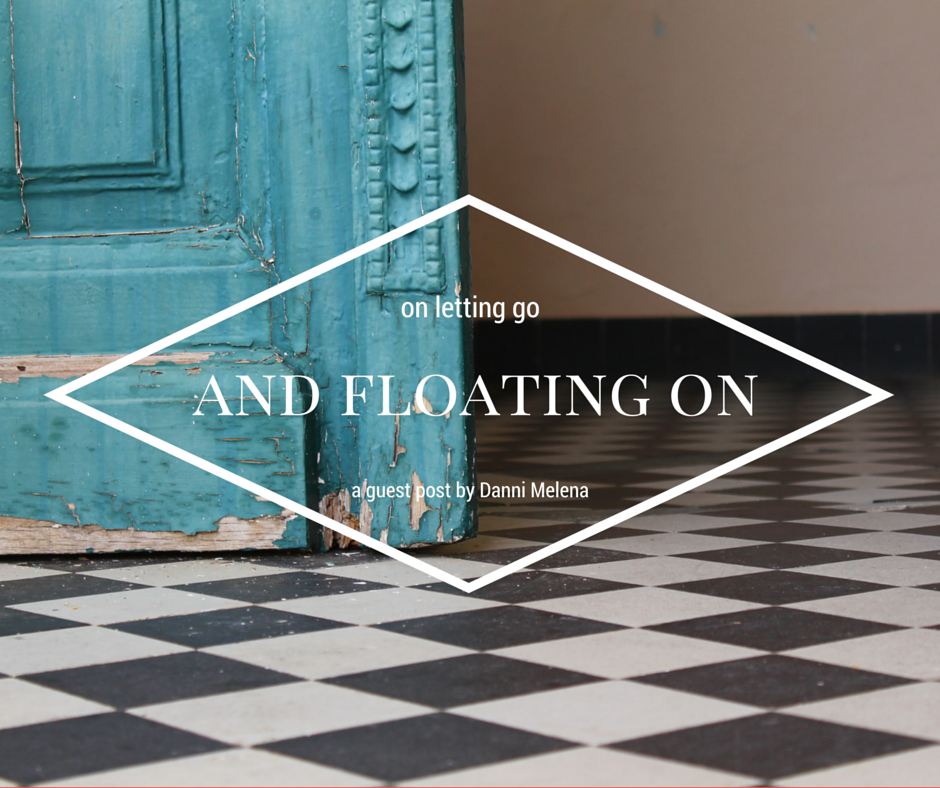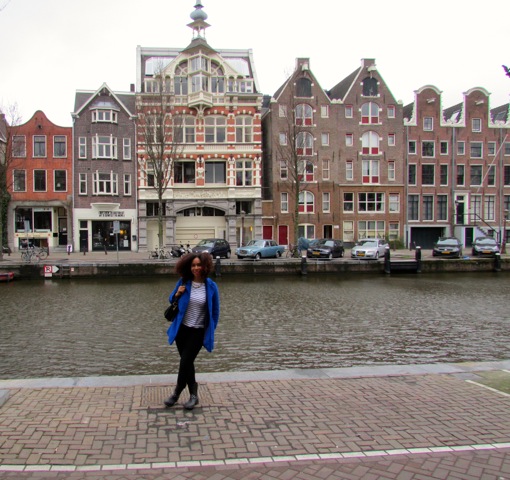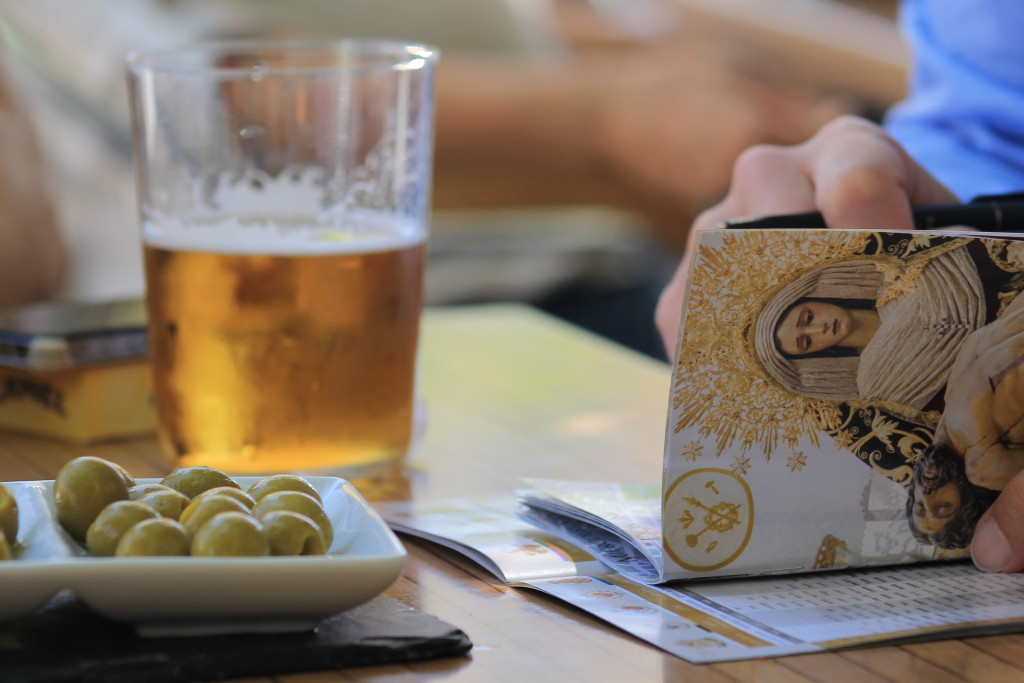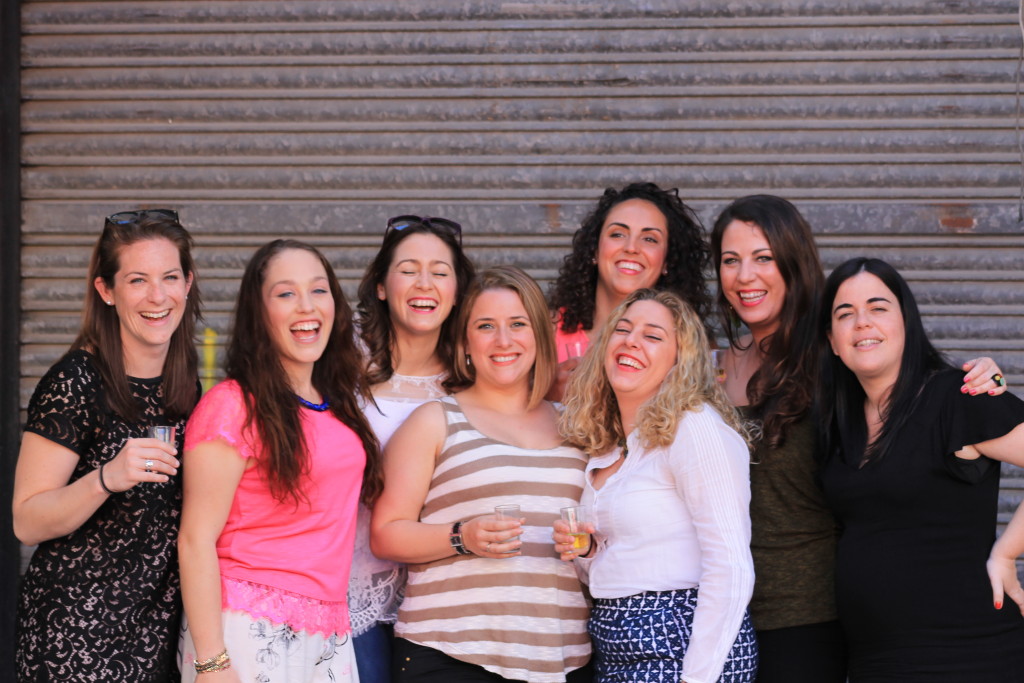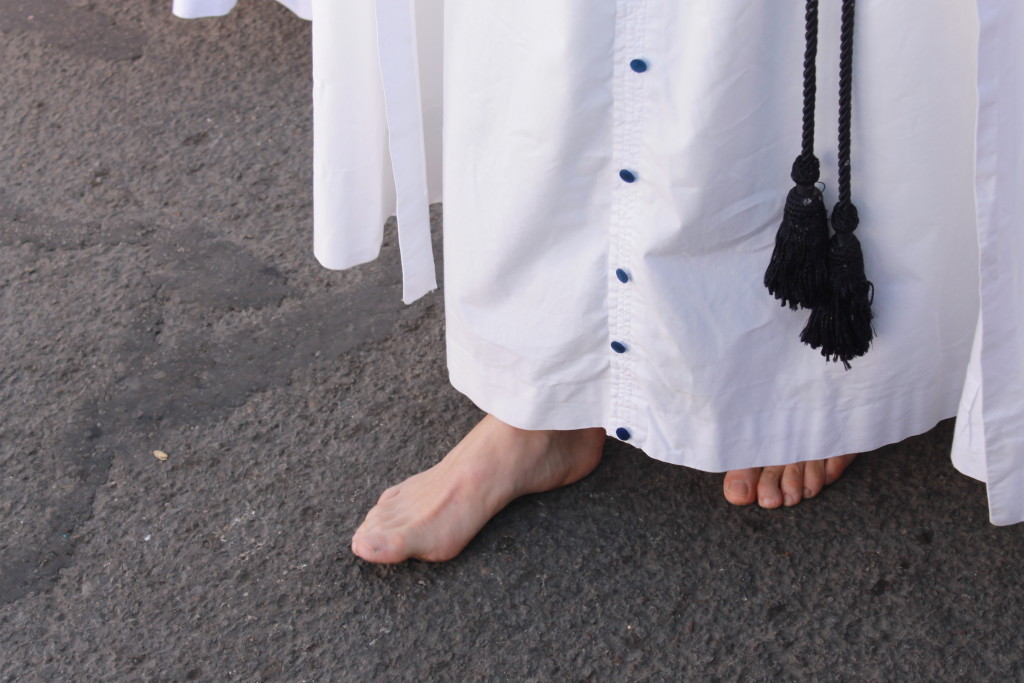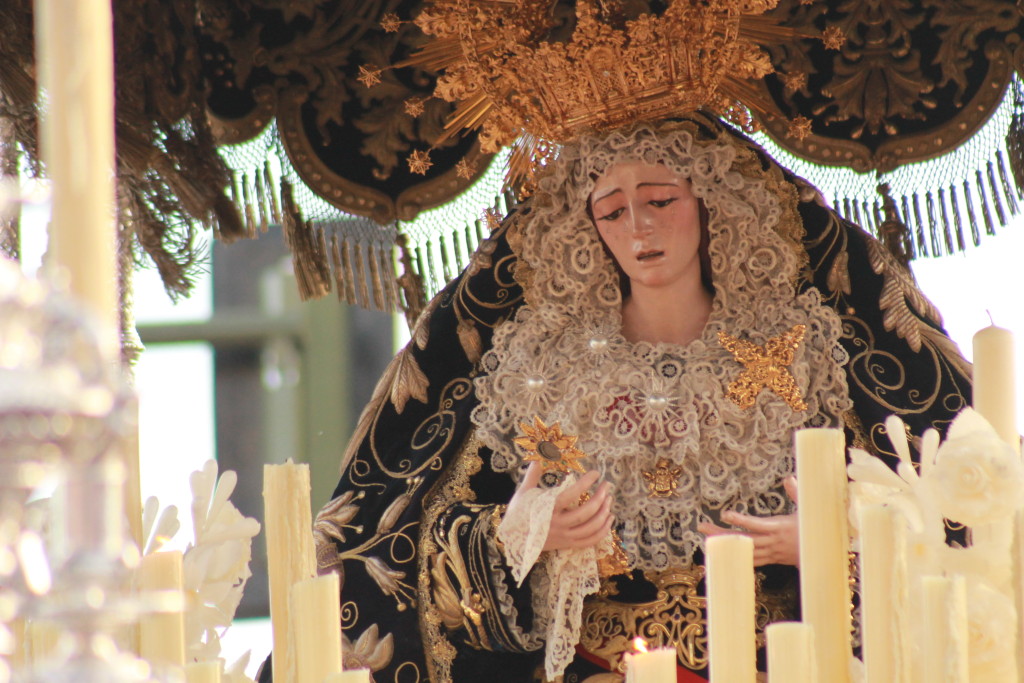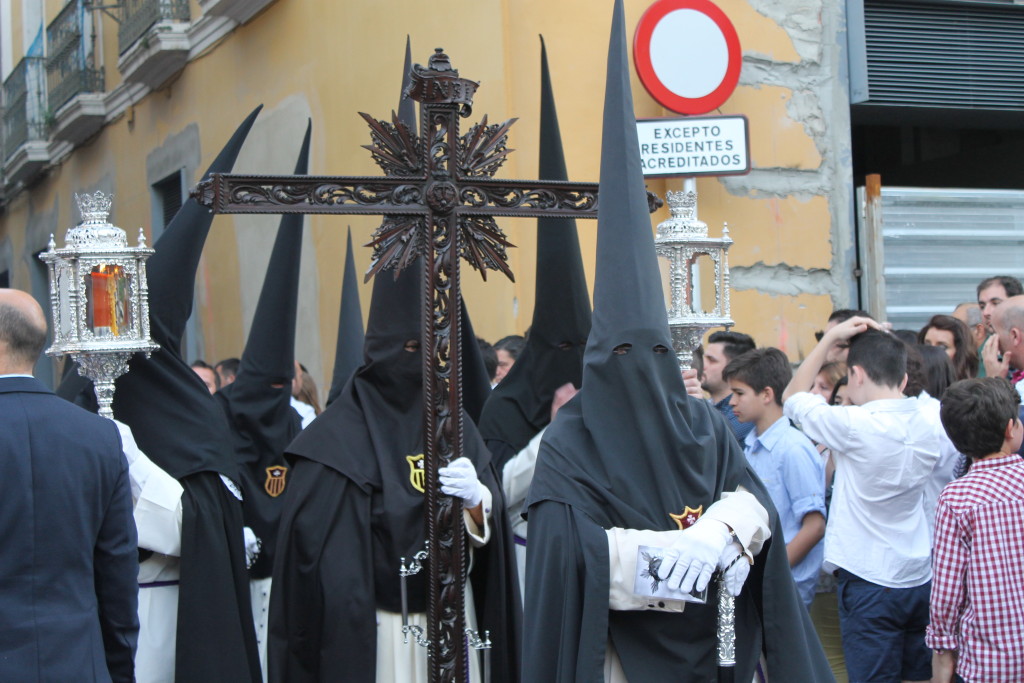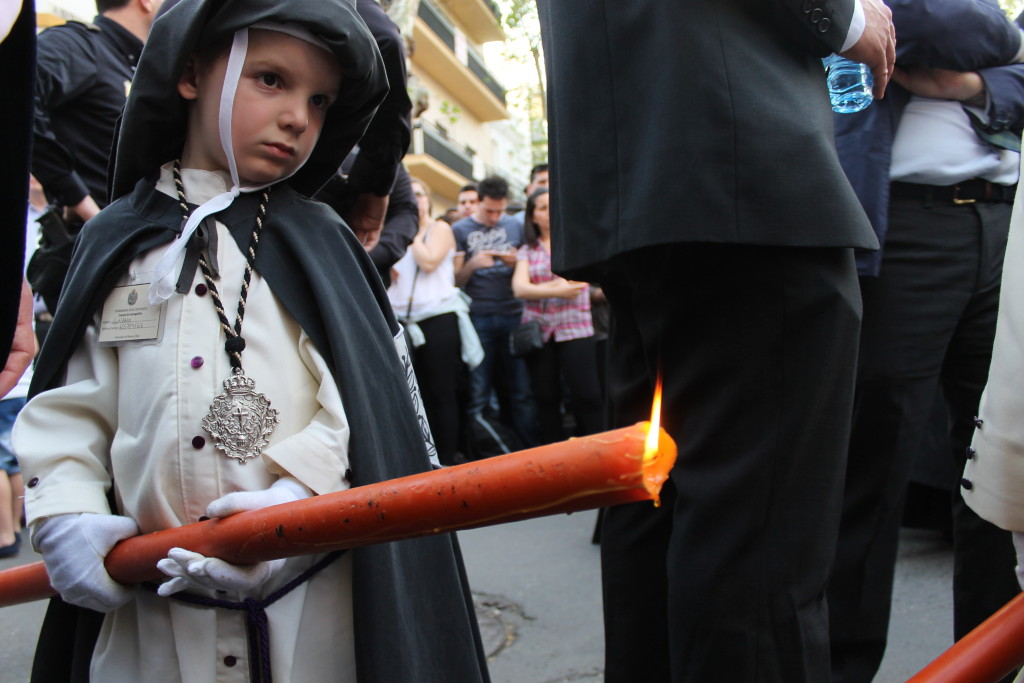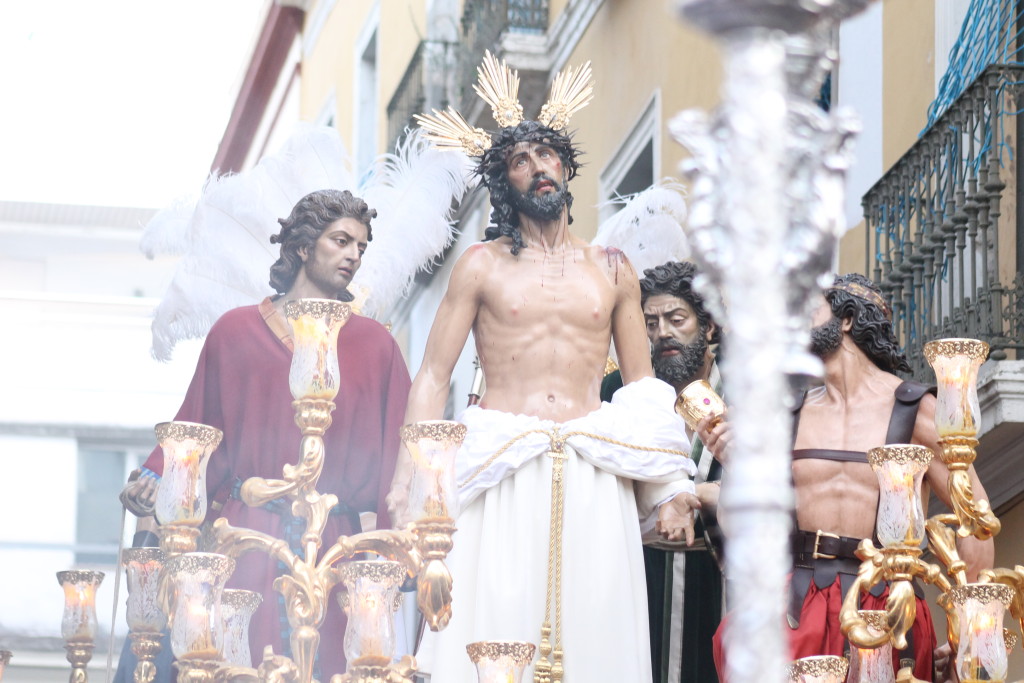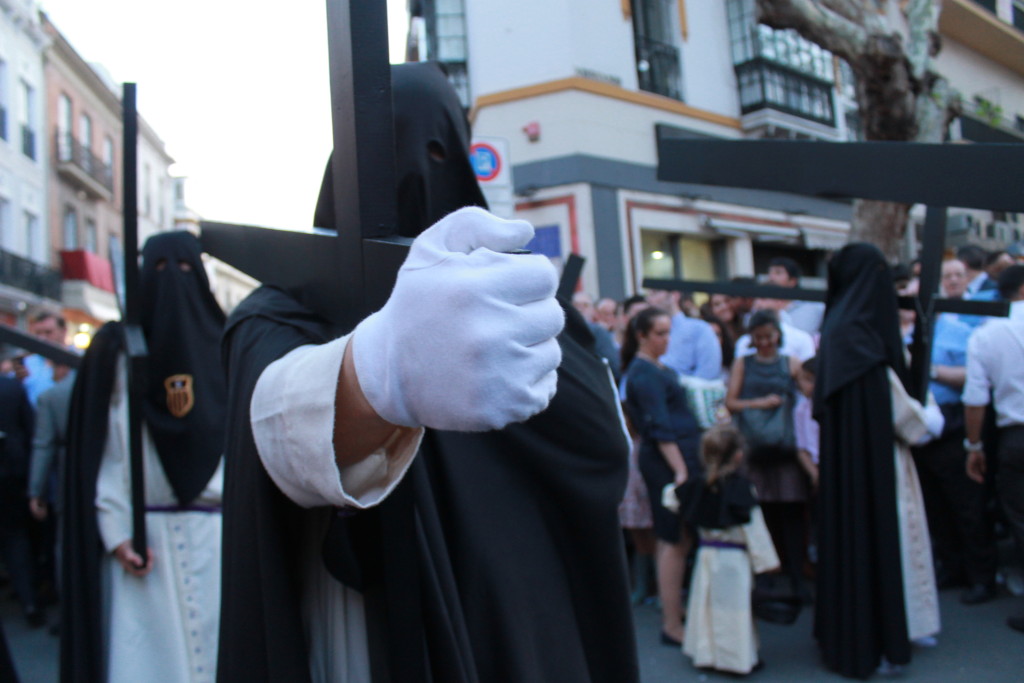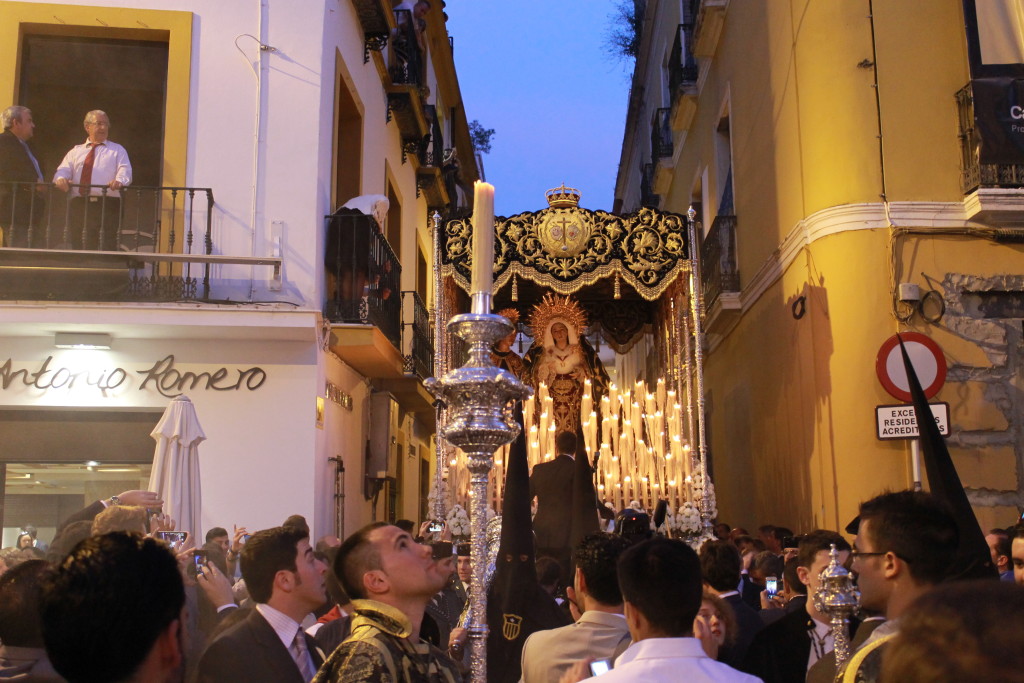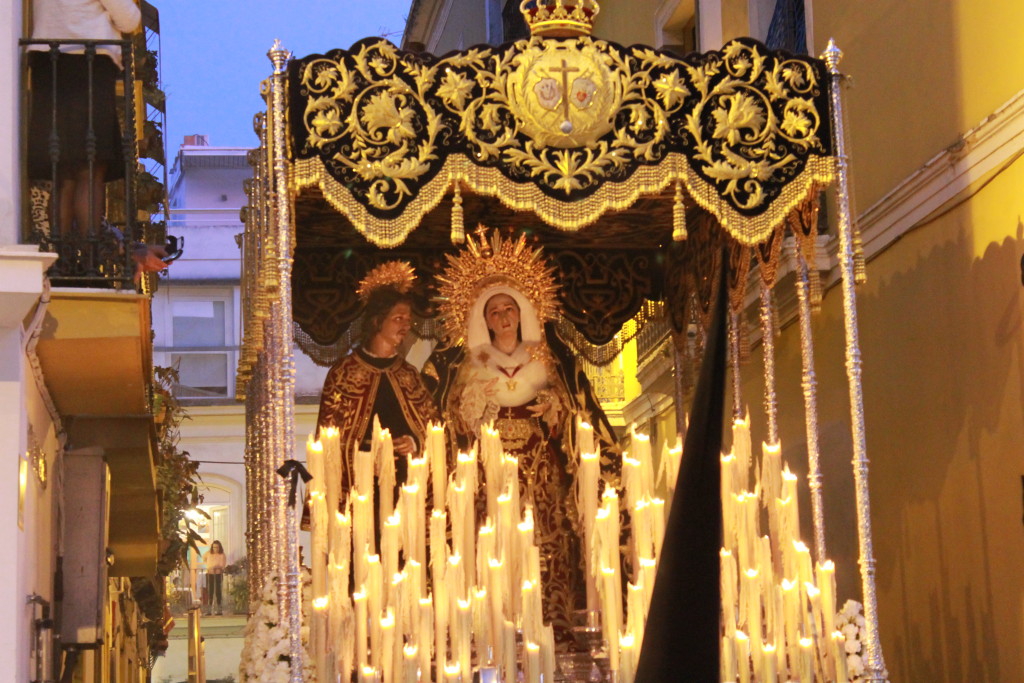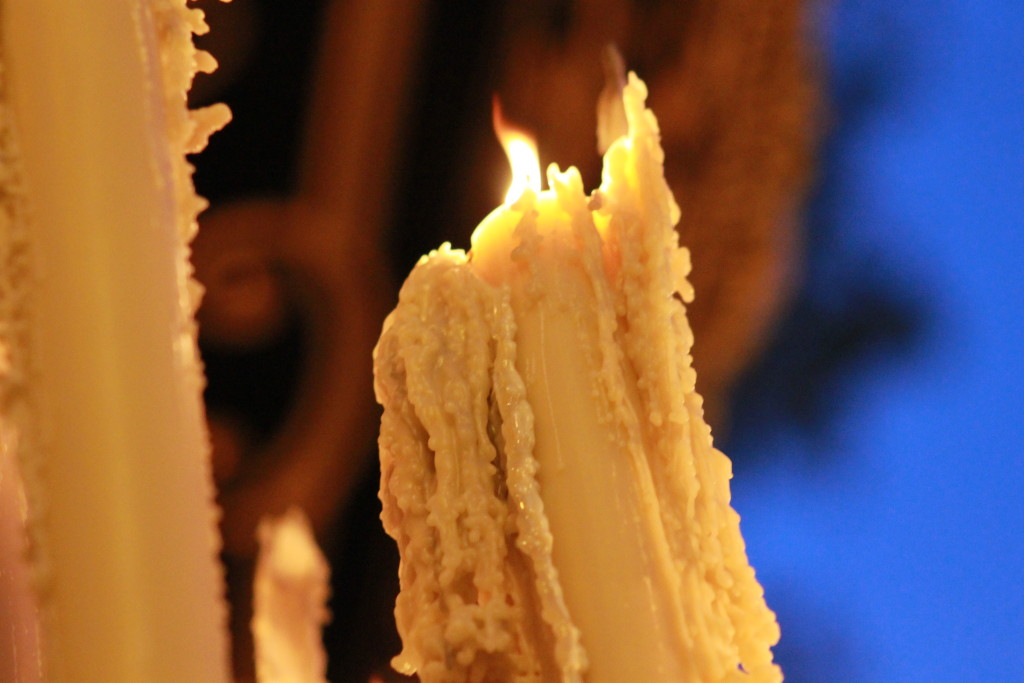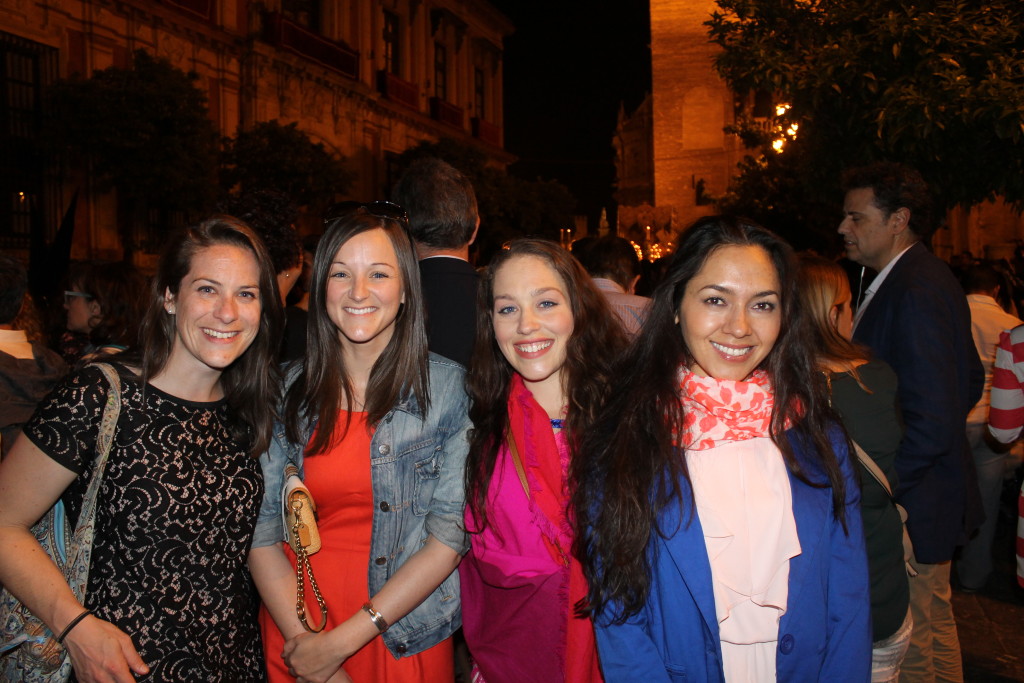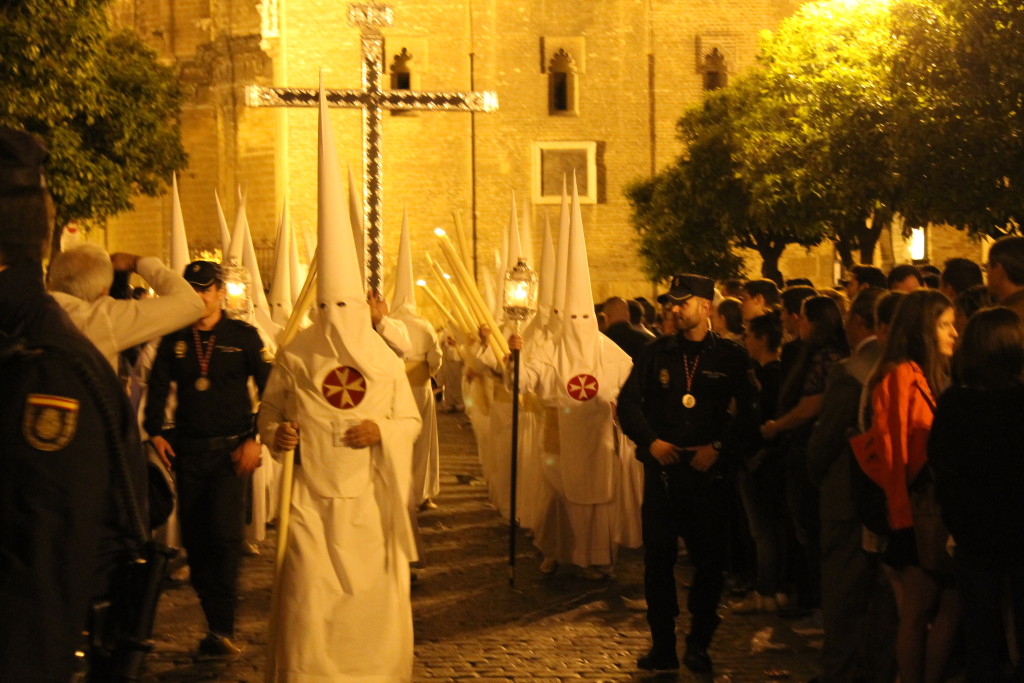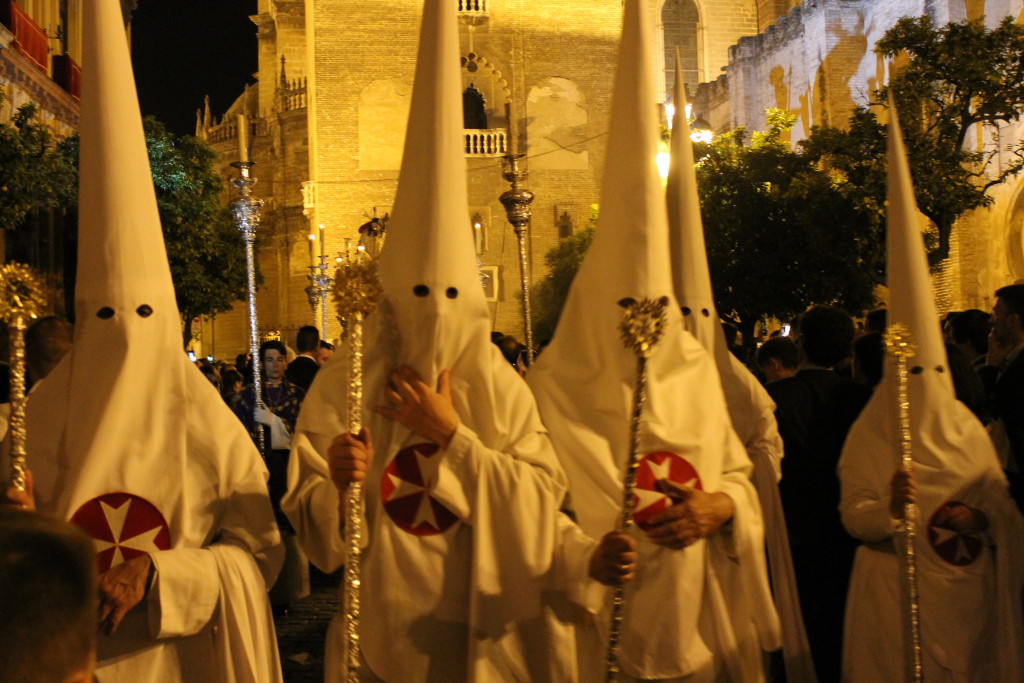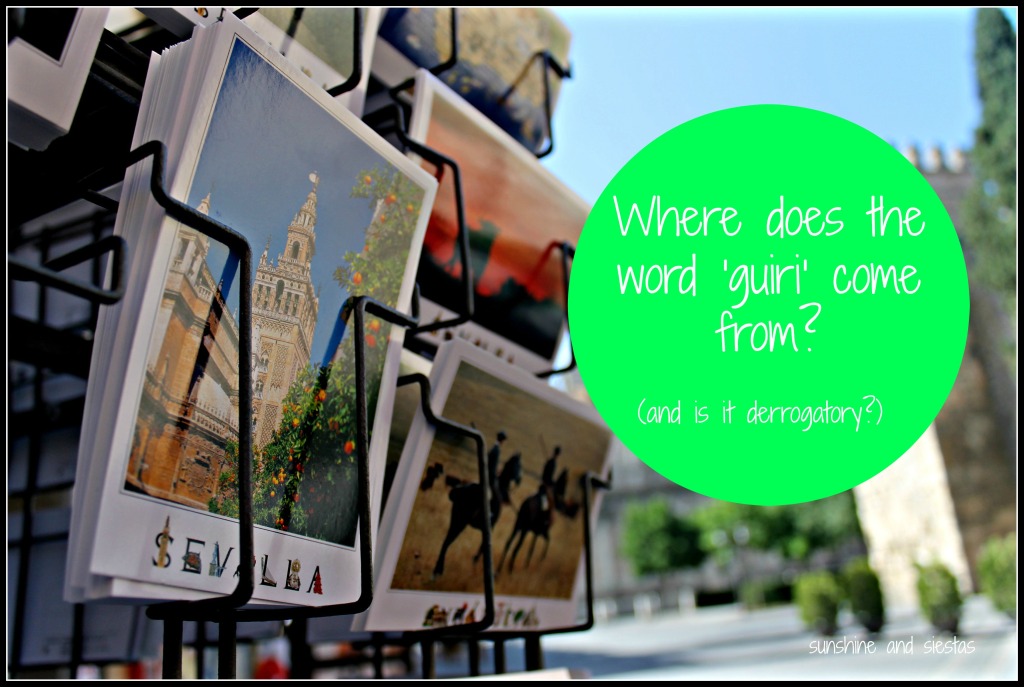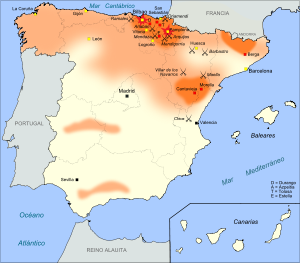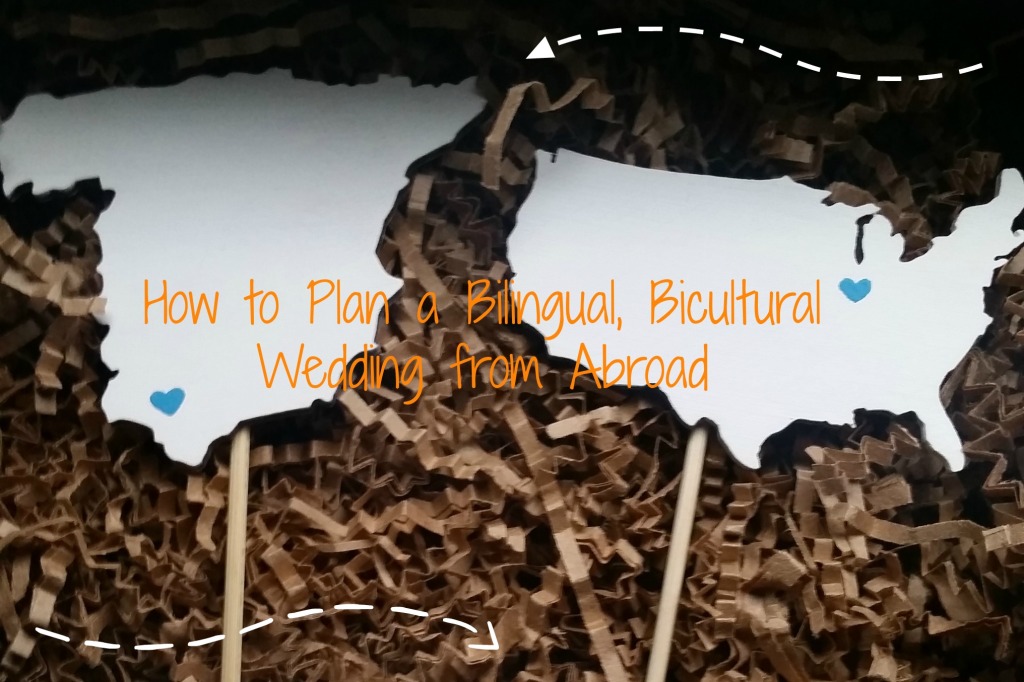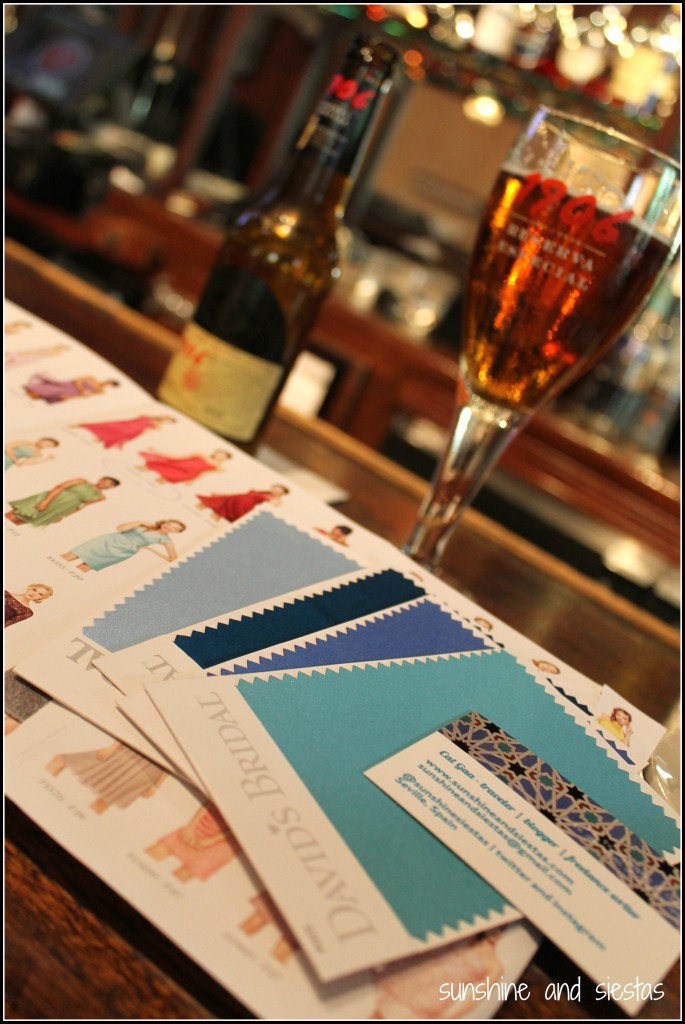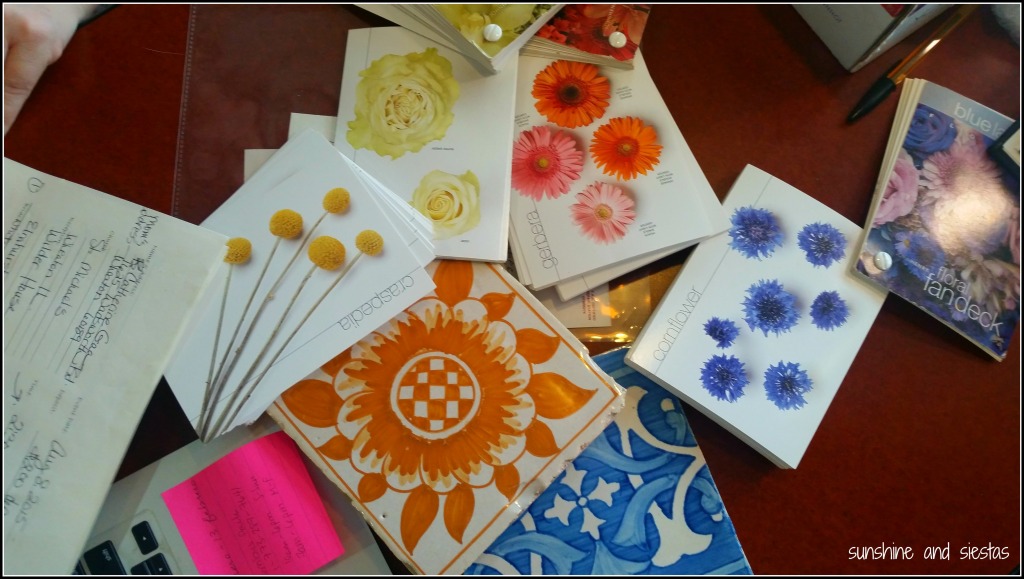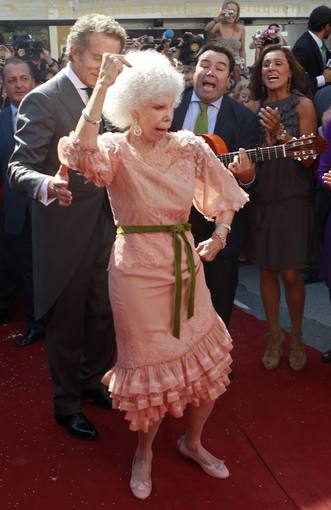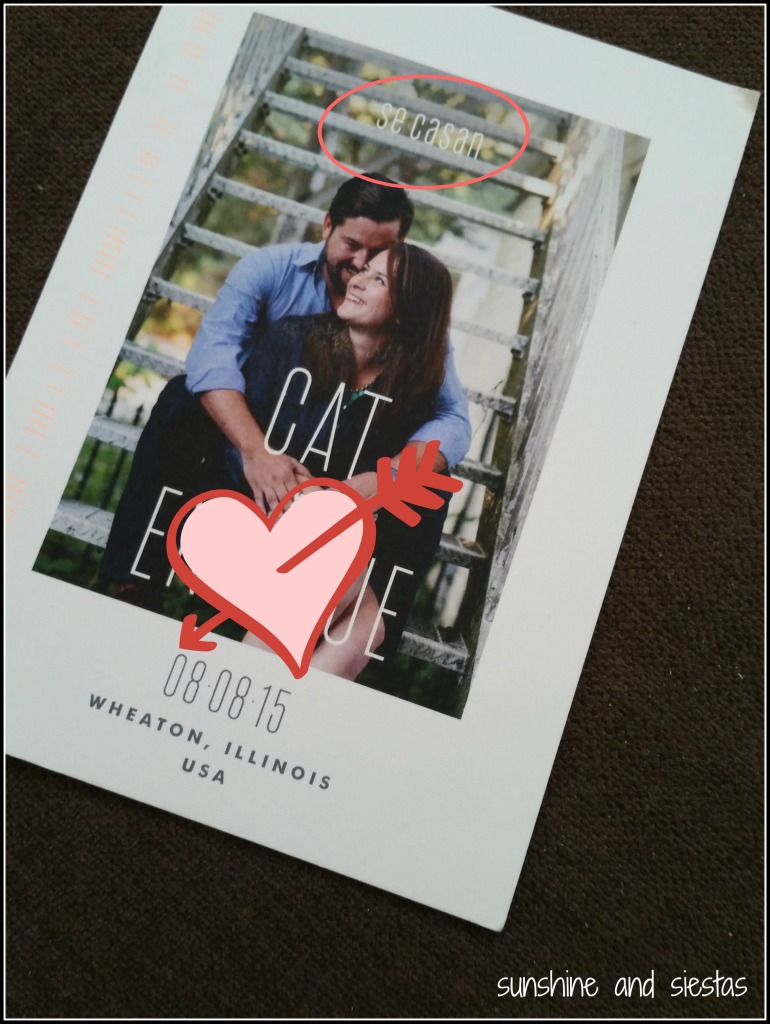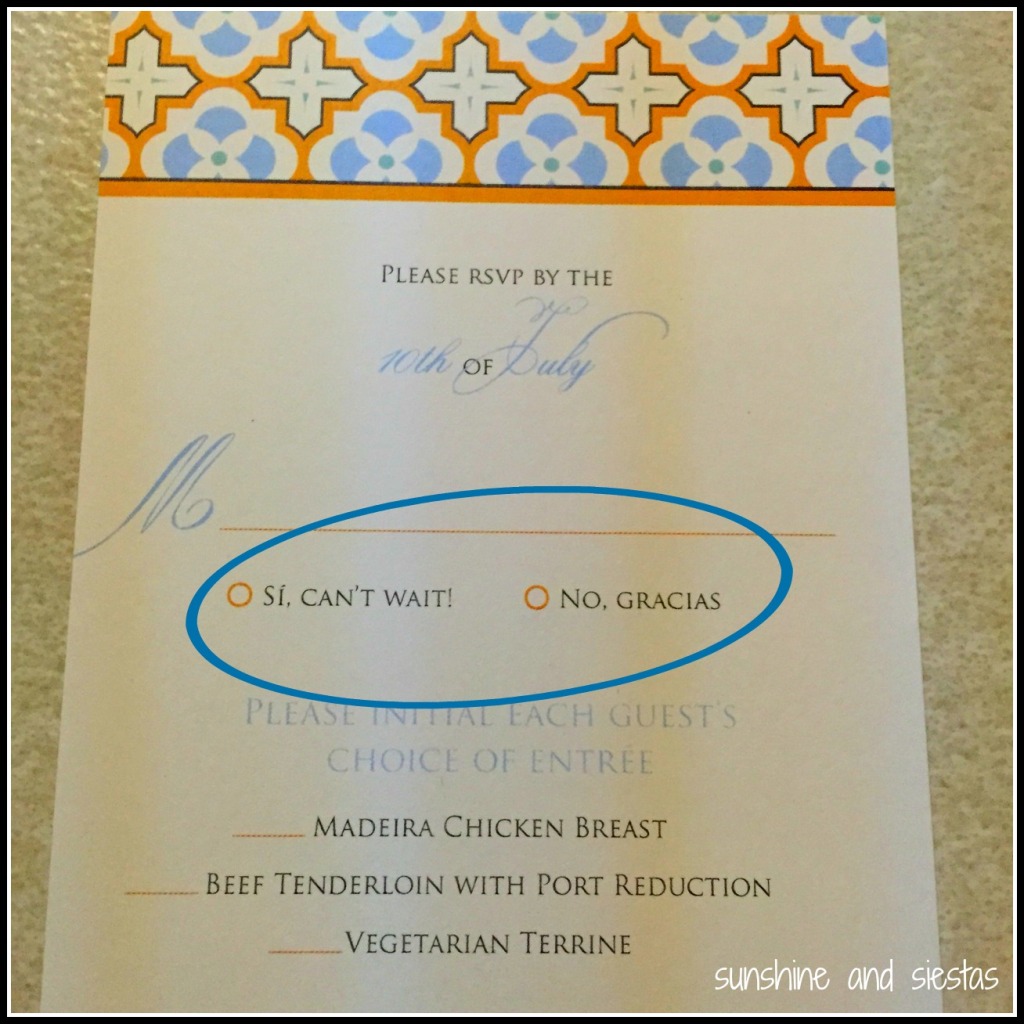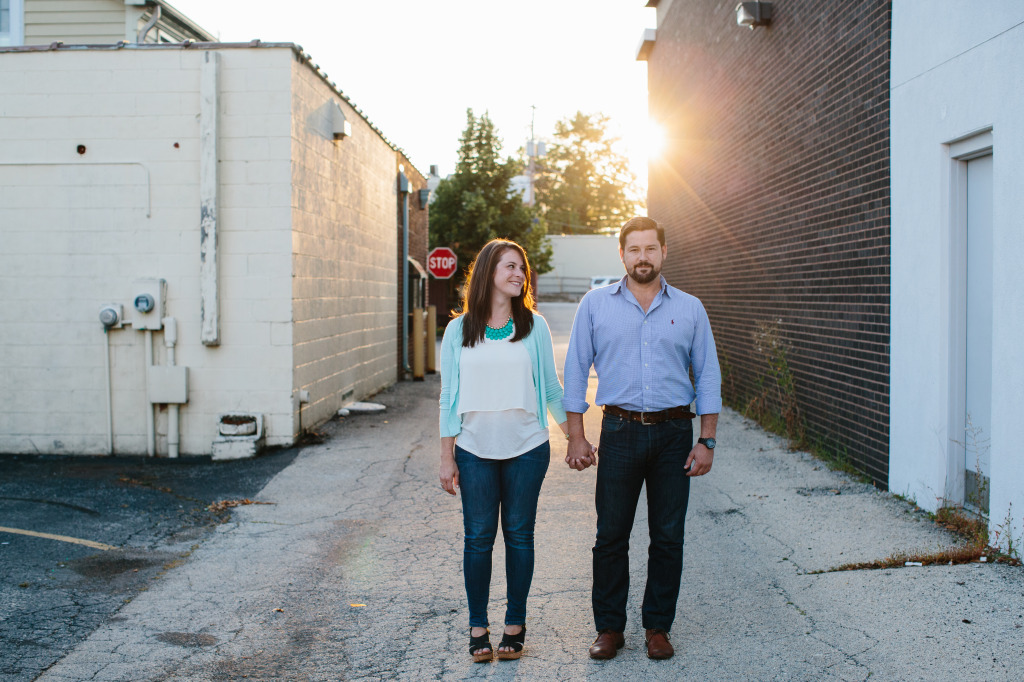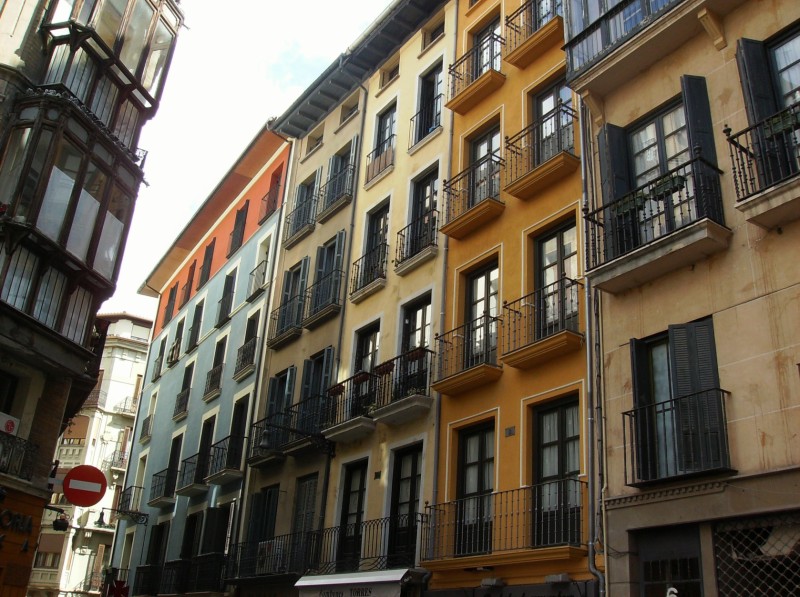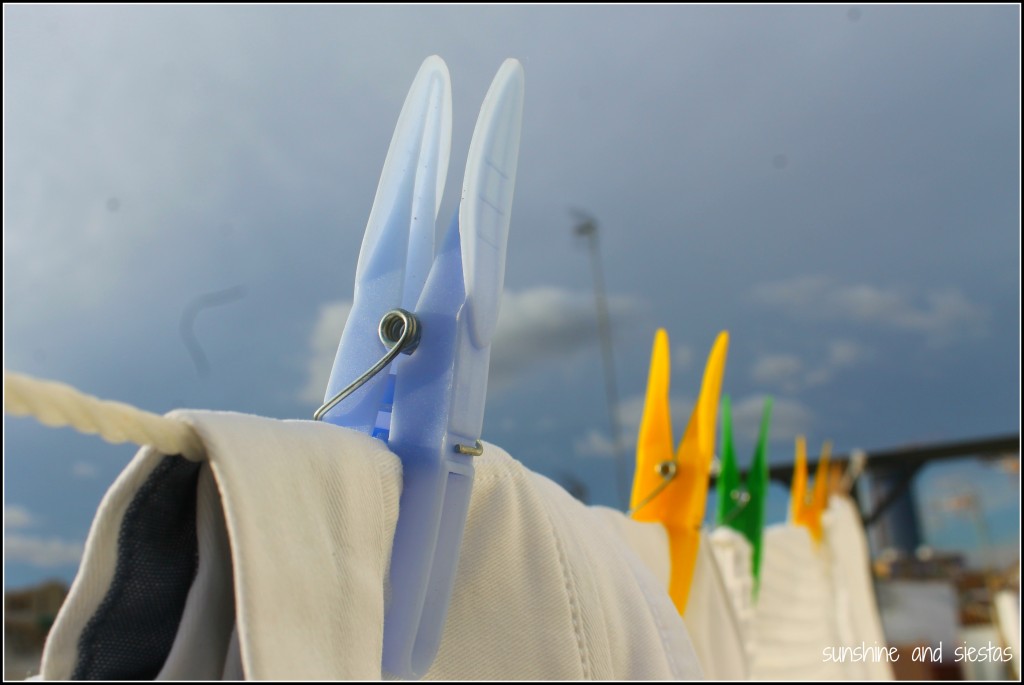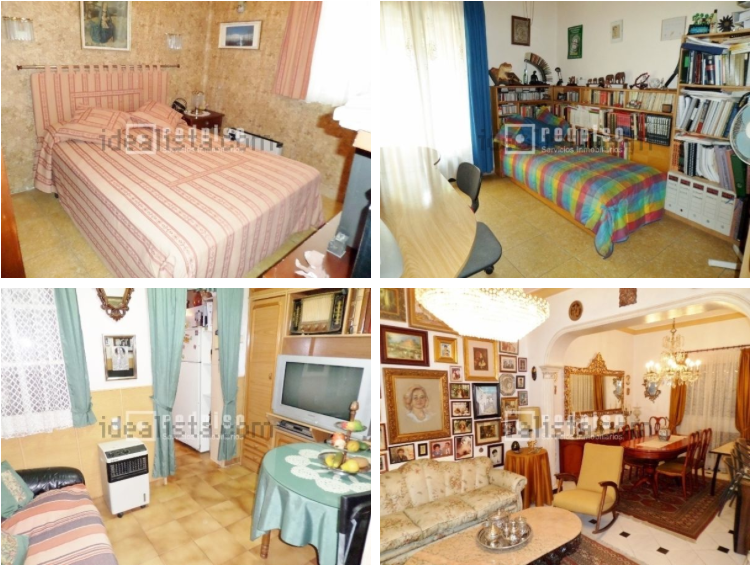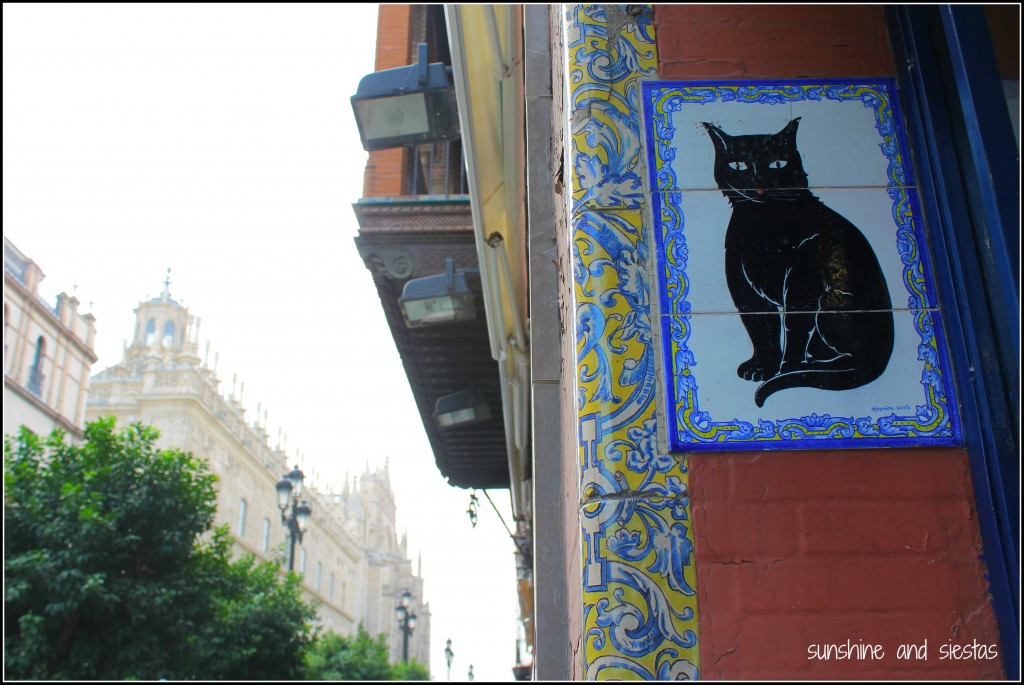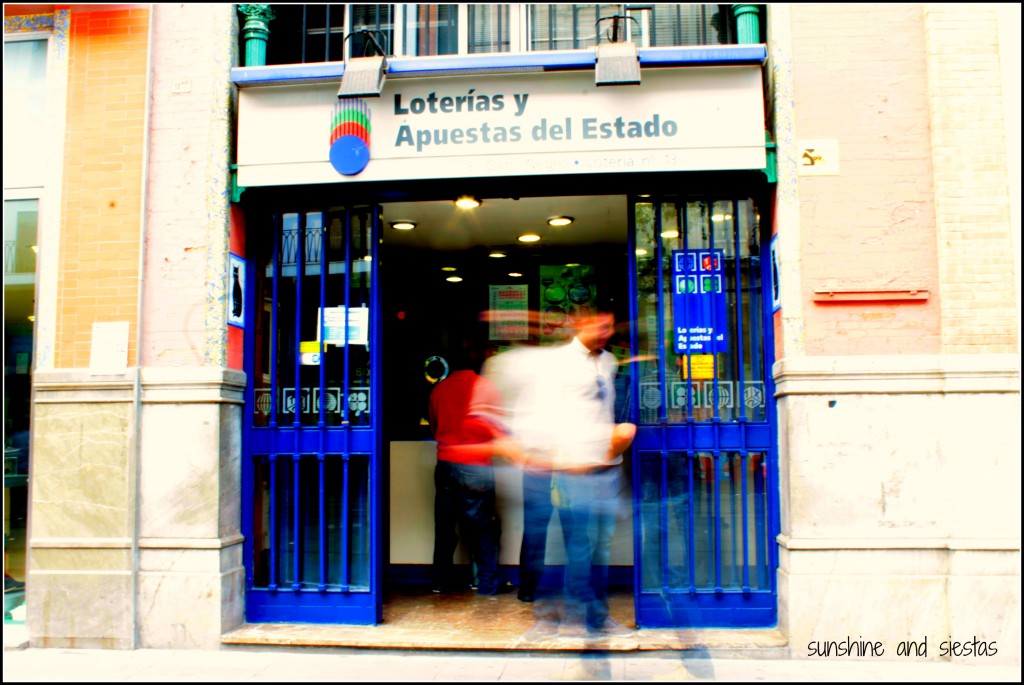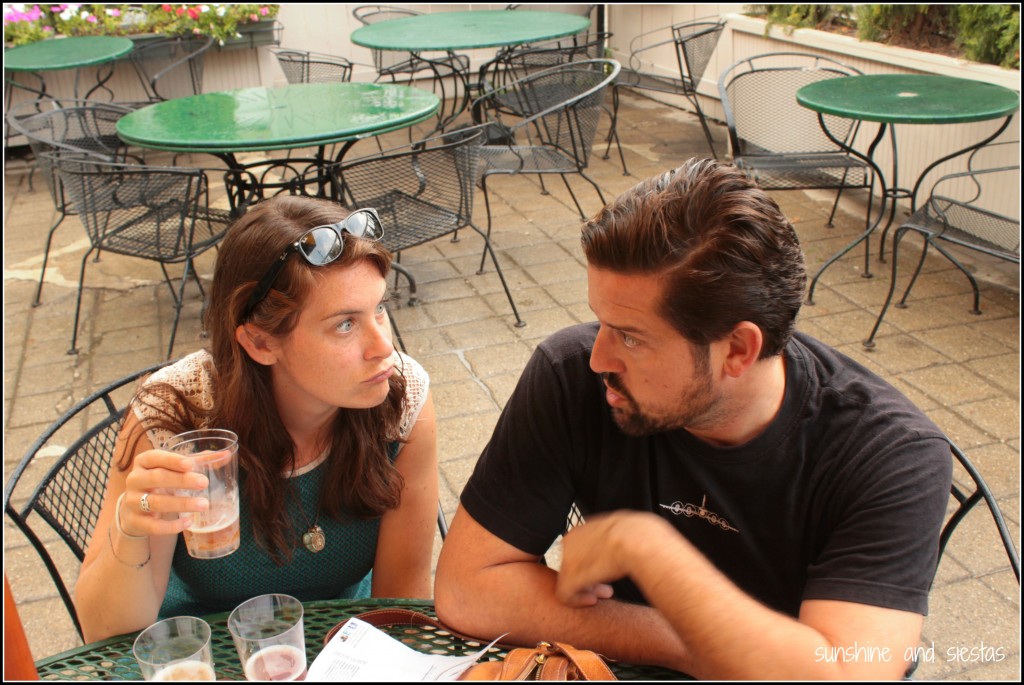At lot has changed with me this week: I got married! The Novio and I finally said our Sí, quieros (albeit in English) in a bilingual, bicultural fiesta. In the US for the rest of the month, I’m gearing up to say adiós to a potential life in America and hello to a future in Spain.
There, I finally said it.
Danni, another Chicagoan-turned-española and a part of Las Morenas de España, sent me this article that I found myself nodding to. Do we have to say goodbye constantly to say hello to what we really want and maybe even need?
I’m a chronic traveler. I’ve said “hello” and “good-bye” more times than I can count. The issue lies in the fact that I spent so many years holding onto my “home”, Chicago, because I was afraid that if I loosened my grip even in the slightest, I’d lose it forever. I felt my heart being pulled in several different directions spread out all over the globe, but I felt that if the anchor that held me to home budged even a little bit, that I’d have to address the fact that I see home in several places.
I tried to keep one foot in Chicago, and the other wherever my plane or train landed next, and I came to the realization that it’s hard. I assumed that the more time and distance I placed between myself and “home” the blurrier the memories, the weaker the connections and the further I’d drift out into open water. Little did I know that “home” is fluid, and that by allowing myself to drift ever so slightly, I don’t necessarily lose a home, but gain the ability to feel at home wherever I am.
On Saying “So Long” in order to Say Hello:
That’s the funny thing about traveling: in order to say “hello” to someone, or some place new, you must first leave where you are, and that’s not always the simplest thing to do. It’s never easy taking those first steps to venture away from the comfy, cashmere snuggie that is your “now” and leave.
Whether you jumped from the cliff on your own will while screaming “Viva Wanderlust”, or you inched your way slowly with the help of family, friends, and travel-inspiration on Instagram, you did it. No matter how you arrived, or what made you leave: I commend you. You are brave. You are strong. You’ve done what others talked themselves out of doing, and spoke louder than the voice in your head, you know, the one that disguises itself as “logic”. Hello. Hello to you, and welcome.
On Saying Hello:
Hello. Hola. Bonjour. Ciao. Ni Hao. Hallo. Habari. Shalom. However you say “hello” it means the same thing: I’m here, and I’m opening myself to you and my new surroundings. Even if your voice shakes, hello is an invitation for life to happen and for you to live. At times, hello is tiring, and it’s intimidating and it’s daunting.
It’s an act of self-assertion. I’m here. It leads into those long conversations with people who start out as strangers and end up as friends. This word—these five letters—are crucial for the chronic traveler because combined with a smile, they can melt any ice. Saying “hello” for me is the first step that opens my heart to a new home, and stretches the ropes that tie me to my first home, where I was born and raised. Hello starts the game of tug-of-war that pulls me from here to there as I travel.
On Getting Situated:
What do you need to feel at home? Do you need familiar faces? Your favorite brand of cookies or candy? Do you need to hear a language that you can understand and speak? Do you need McDonald’s or are you more of a Burger King fan? What makes you feel at home: safe, happy, comfortable and at ease? I asked myself this question several times and this is what I’ve come up with:
- Food: Vegetarian food, International cuisine, and American-style Brunch make me feel at home. I live on happycow.com because in my opinion, food and positive food experiences line the walls that make “home” for me. Sharing a meal, cooking with strangers in a hostel, shopping in local markets: this is a form of making memories that is essential to my feeling at home and content.
- Jeans (with at least 2% spandex): I know, that’s really specific, but I mean it. I feel sexy and comfortable in jeans. I’ve lived in 4 countries and traveled to several more, and there is a direct and undeniable link between my ability to find jeans that make me feel my best, and my likelihood to live (happily) in a place. Okay, it’s not just about jeans; it goes a bit deeper. It means being able to shop, and feel like my size and my style is represented. It’s about the fact that I’m halfway across the world, and everything I’ve ever known, and still manage to participate in the mundane act of shopping. I feel those ropes that link me to “home” pull tighter because I realize that what I did there, I can do anywhere and what I’m trying to hold onto so tightly isn’t unique to that one place. That’s a sobering thought.
- Community: I need community! I need friends, and friendly people with whom I can chat about everything, and about nothing. I yearn to look at my calendar and see that in X amount of days, there’s an event that I’m looking forward to attending, and with people that I genuinely want to see. That’s why I became involved with Las Morenas de España, a site for young, adventurous, WOC interested and/or living in Spain. I want to hug those who arrive at Barajas with looks of confusion, exhaustion and pure adrenaline and tell them that it’ll be ok, and that they’re home. Home, there goes that word again. It gets easier. Now, every time my heart extends its strings to form a new connection with a fellow chronic traveler, I feel my fists loosen and my mind relax slightly, which again, draws me further away from my home base, but I’m learning that’s okay. I tell those who lay down roots in Spain to collaborate, to reach out and to speak up because more likely than not, our narratives will overlap. I found so much in common with other women and travelers on a recent trip to Nantes, France than I ever could have imagined. I try to find community wherever I may travel, even if it’s for a weekend holiday: there are secrets to be revealed, experiences to be had, and people to meet. Support one another, and build something great. To all the nomads, travelers, self-proclaimed wanderlust-havers: we are stronger together than we could ever be apart. Build. Create. Unite.

On Saying Good-Bye:
There’s a certain ease and comfort of realizing that home is where you are in that moment. I had a hard time coming to terms with the fact that it’s okay to loosen my grip, because that’s the only way to make space for new connections and links. The trouble with home is that it cannot be captured and contained. At times I feel pulled in a million different directions: Portugal, Ecuador, Dominican Republic, Spain, America, France, Germany; all of these places, and the people I was blessed to cross paths with left an imprint on my heart. On the other hand, they also pulled the rope away from where I started, where I thought home had to exist.
How foolish I was to think that I could bottle home and keep it stagnant. It’s impossible. It’s unrealistic. Hello’s happen because good-bye’s happened first. With that being said, I’d like to remind you of the most beautiful thing I’ve learned as a chronic traveler: our heart is a muscle. Muscles require that you use them, and the more the use them, the bigger and stronger and more flexible they get. I can say now, with no fear or doubt that I find home—what I love about home—in every experience, new friend, adventure, hello and, the inevitable good-bye.
 Danni, Community Director at Las Morenas de España, is a twenty-something, Chicago native currently residing in Madrid. Lover of language, words, and travel, she’s managed to combine all of her passions through her work. In her free time, you can find her exploring the winding streets of Madrid, hunting down good flight deals, planning her next adventure and writing & researching for LMDES. Danni loves spicy food, natural hair, music and of course, her wonderful life partner. If you need to find her, she’s the girl with huge hair and her face buried in her Kindle.
Danni, Community Director at Las Morenas de España, is a twenty-something, Chicago native currently residing in Madrid. Lover of language, words, and travel, she’s managed to combine all of her passions through her work. In her free time, you can find her exploring the winding streets of Madrid, hunting down good flight deals, planning her next adventure and writing & researching for LMDES. Danni loves spicy food, natural hair, music and of course, her wonderful life partner. If you need to find her, she’s the girl with huge hair and her face buried in her Kindle.
A word about Las Morenas de España: Las Morenas de España is redefining the Black experience in Spain. With stories, resources and insights and exclusive travel knowledge, Las Morenas is the ultimate destination for anyone with an interest in Spain. This site is a space for diverse stories to be shared, community to be fostered and for people all over the world to have an inside guide to Spain, inspiring them to experience and enjoy the country in a way they never have before.
Sound off: can you empathize with Danni?
